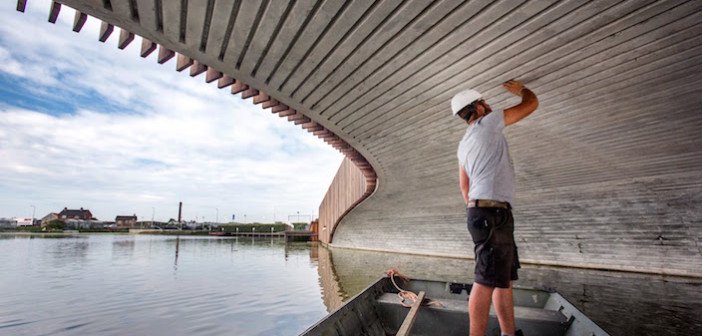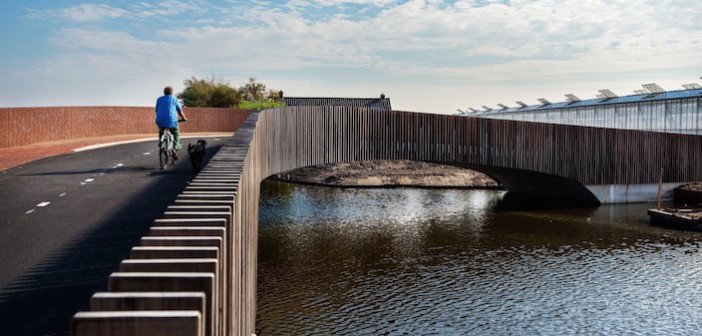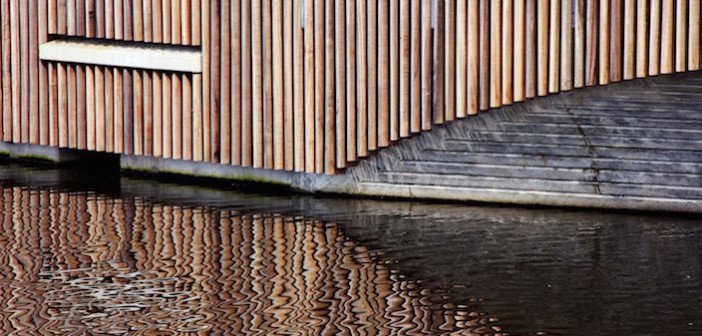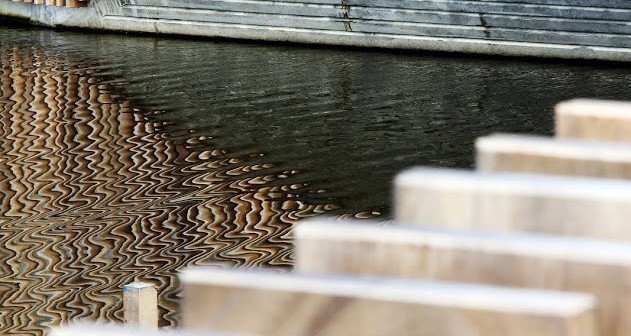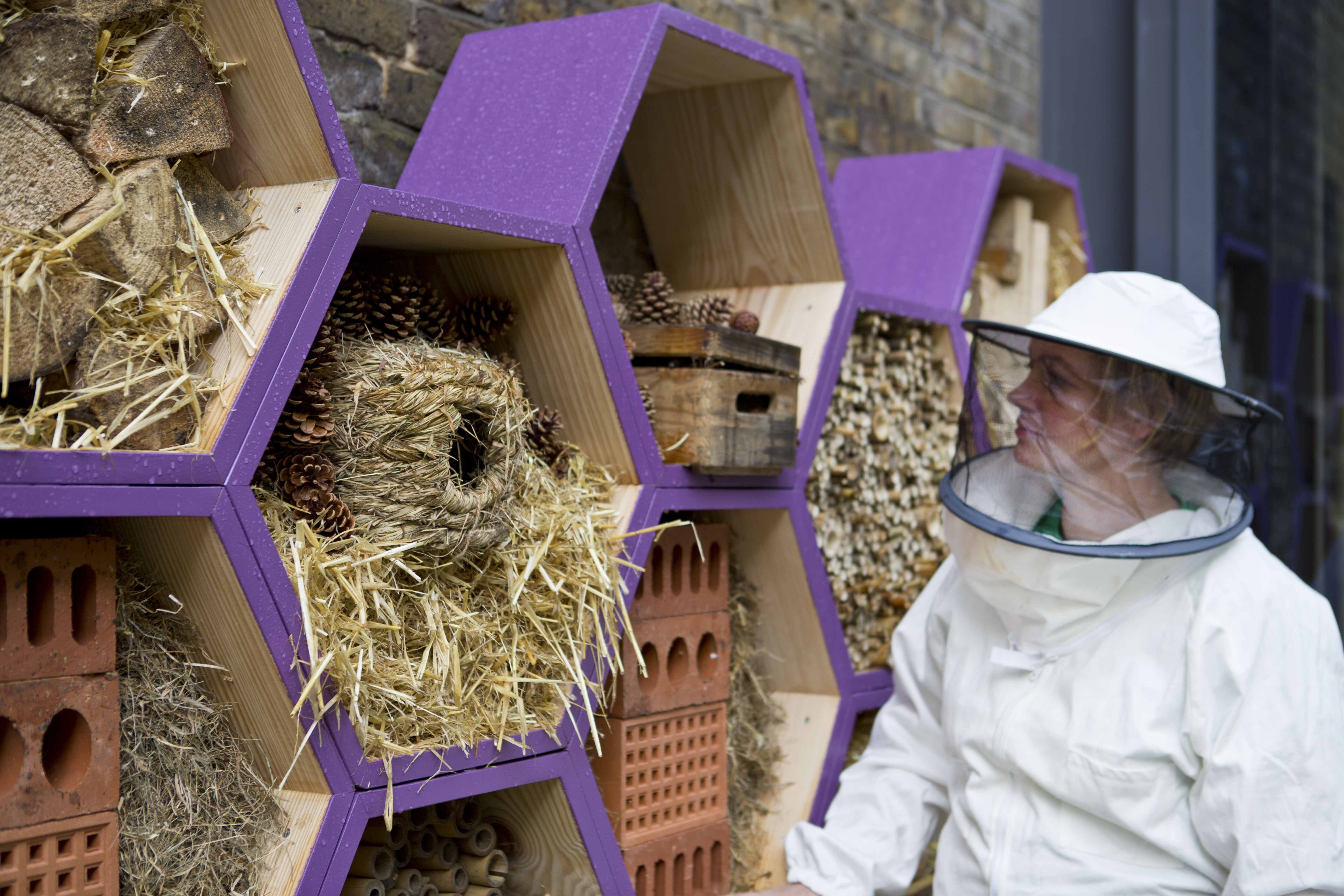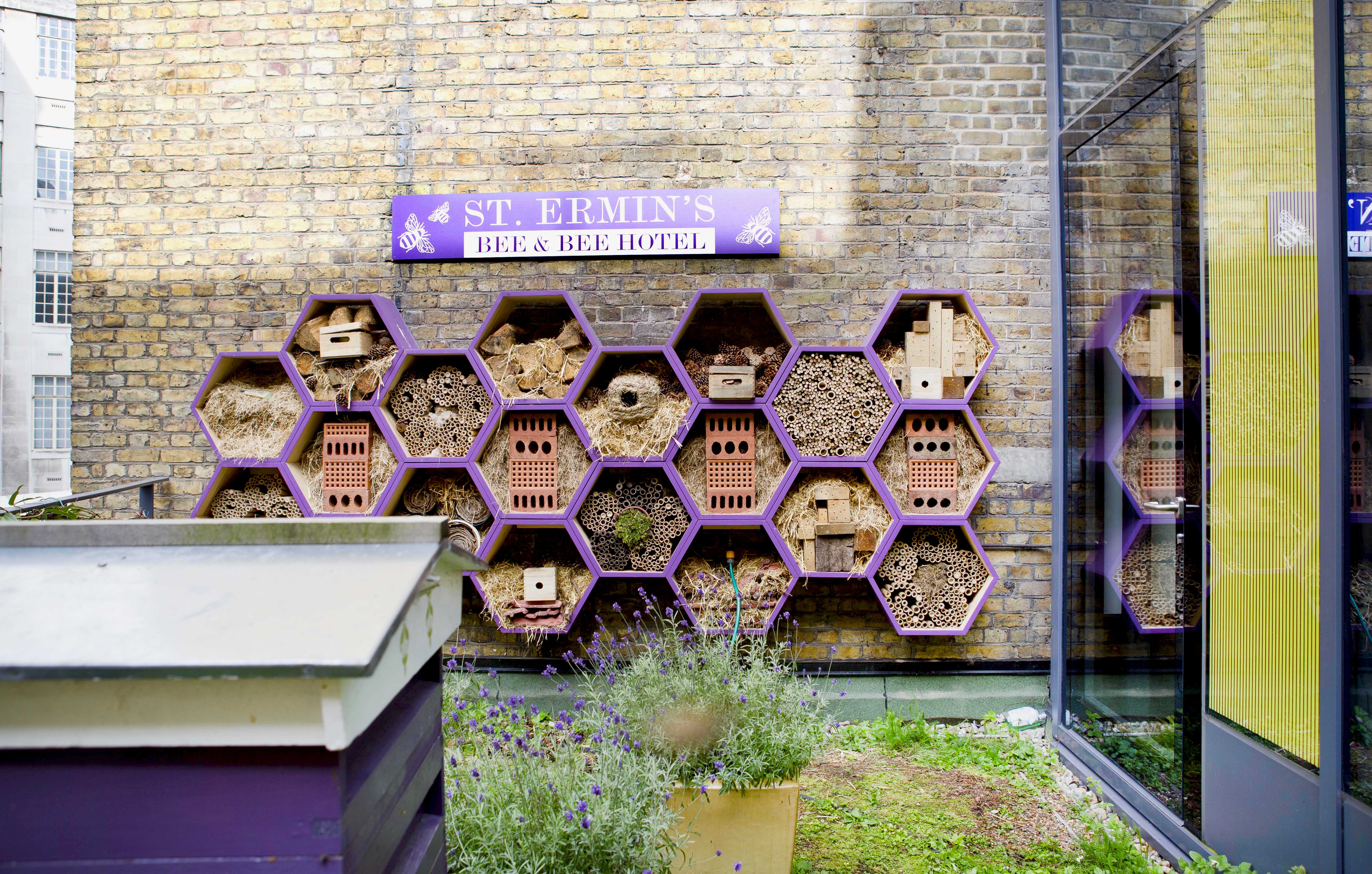Monster Bat Bridge and Other Animal Architecture
Each night in September, thousands of people gather on the lawn of the Chapman Elementary School in Portland, set up their picnic chairs and tables and wait for a very special show. Every year, thousands of Vaux’s swifts use the chimney as a roosting point on their migration south. A mini tornado of tiny birds circle the chimney, round and round, until at some point they start to dive into the narrow aperture. One by one the swifts disappear into the chimney, as though they’ve been hoovered up. It’s an incredible sight.
Animals have had to adapt to human structures. Pigeons didn’t always live in our roof eaves or shit on top of statues. Once upon a time, they made their homes on cliff faces or in caves. Wander the streets of London in the early morning and you’ll see foxes rummaging through rubbish rather than undergrowth. Too often, animals struggle to adapt to human and urban environments, and loss of habitat is one of the most serious threats to biodiversity. Fortunately there is a growing trend within architecture and design to consciously keep our furry friends in mind, and to think about how animals might use our structures. They key is to build for animals and nature, as well as for humans.
Recently in the town of Monster, Holland, engineers unveiled the Bat Bridge. The bridge, which crosses the Vlotwatering river, provides a wide curving structure for cyclists and pedestrians to traverse. Underneath the bridge, the designers have built grooves into the concrete to enable bats to roost.
Dr Kirsty Park, Reader in Conservation Studies at the University of Stirling and bat expert, says that bridges can offer an important type of roost for bats, but using them is not without problems. During repair works, roosts can be damaged or workers can even accidentally trap bats inside crevices.
But Dr Park is optimistic about the Monster bat bridge and thinks it looks very promising. “They’ve had expert input from a well-known bat biologist for the design which is really important in ensuring that the roosting spaces created are suitable and provide the bats with a range of microclimates.” The thickness of the bridge has been increased to 0.75 metres, boosting the overall thermal mass to make sure it’s super cosy, as well as providing small caverns for the colder months.
Across the way in London, budding apiarists have been making use of abundant roof spaces and bee keeping has been on the rise. The city currently has 3200 apiaries, providing homes for bees and honey for humans. You can find hives from the Old Bailey to Greenwich mausoleum. The very fancy St Ermin’s Hotel has what you might call an insect-in-residence program, providing hives for 300,000 honey bees. They also have special bungalows for less social bees and areas that are made specifically for the comfort of ladybirds, earwigs, woodlice and spiders.
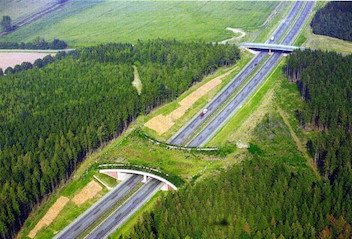
Most of us are already familiar with wildlife corridors, those strange verdant bridges that cross highways and which allow animals to cross safely. They are seen everywhere, connecting fragmented habitats. If you think they’re just for mammals, think again. Even insects, butterflies especially, rely on these belts of green to move around. Culverts running under roads provide small safe places for animals to cross. In some areas of the US, wildlife corridors have reduced road kill of large animals by 90%. Whether they’re actually helping wildlife populations however is less clear.
Of course, not everything needs to be on such a large scale. In the countryside, hedgerows are extremely important. They act as corridors, providing cover for small animals to move between fields. In suburban and even urban areas, people are taking steps to provide micro habitats for local wildlife in their own yards and balconies.
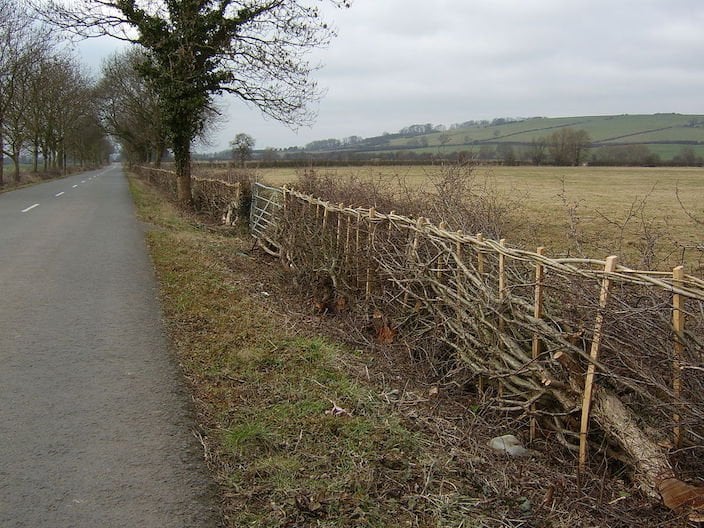
Hopefully we’ll see more projects that provide sympathy between human and animal needs. The Monster Bat Bridge is a great step towards integrated urban design, and we need more of it. Although as Dr Park points out, the test is to see if these projects work in the long run. “The real proof will be over the next few years when we see whether bats are using the bridge so hopefully it will be monitored to see what happens next.”


